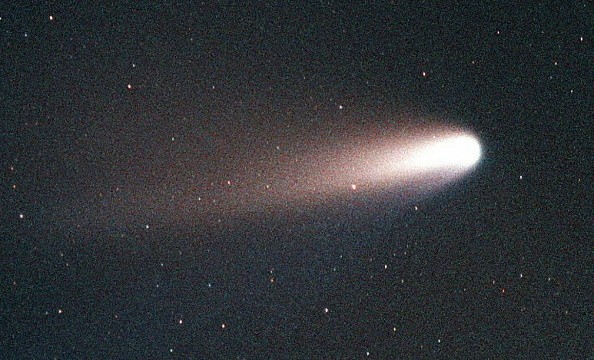NASA's DART (Double Asteroid Redirection Test) would soon test its new kinetic impactor, which can change the orbit of an asteroid near the planet.

The international space agency's innovation is expected to protect Earth from possible threats that other heavenly bodies pose.
Although the National Aeronautics and Space Administration is pretty serious with its DART mission, Earthlings don't have any reason to worry since the union didn't confirm if there are upcoming asteroids that could crash into the planet.
Right now, NASA and other space agencies are studying all the things outside the planet, especially asteroids. Recently, TechTimes reported that NASA's Lucy asteroid mission is also being prepared for its upcoming launch.
On the other hand, various space experts also proposed another method of keeping the planet safe from asteroids. This is specifically the new PI method.
NASA DART's Kinetic Impactor
According to 11Alive's latest report, the new kinetic impactor of NASA would collide with the Dimorphos asteroid at a speed of 15 mph. Experts said that this speed is enough to change the heavenly body's orbit and its trajectory.

"DART will be the first demonstration of the kinetic impactor technique to change the motion of an asteroid in space," NASA said via its official blog post.
On the other hand, the international space agency also said that the new kinetic impactor would be assisted by a sophisticated autonomous system and the new onboard camera called DRACO.
You can visit this link to see more details about DART's new kinetic impactor technology.
NASA DART's Estimated Launch Schedule
The upcoming NASA DART is expected to be sent into outer space by Nov. 24.
On the other hand, the actual impact against the asteroid could happen by 2022. But, the announced launch schedule would still depend on the space agency's efficiency when it comes to testing the new technology.
For more news updates about NASA and its upcoming space missions, always keep your tabs open here at TechTimes.
Related Article : NASA Wants to Build a Nuclear Reactor on Moon, and it is Now Seeking Your Help on How to do that
This article is owned by TechTimes
Written by: Griffin Davis
![Apple Watch Series 10 [GPS 42mm]](https://d.techtimes.com/en/full/453899/apple-watch-series-10-gps-42mm.jpg?w=184&h=103&f=9fb3c2ea2db928c663d1d2eadbcb3e52)



